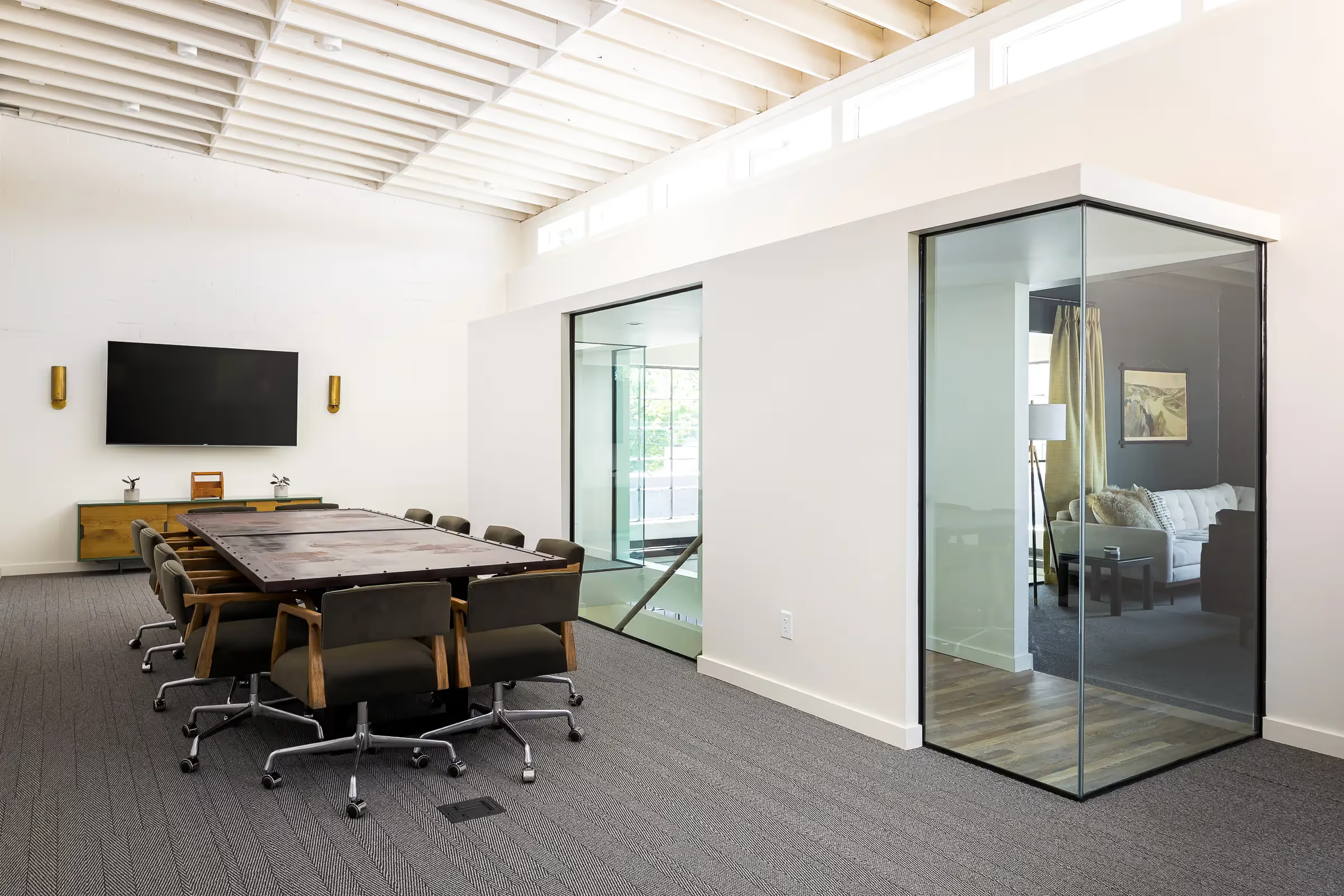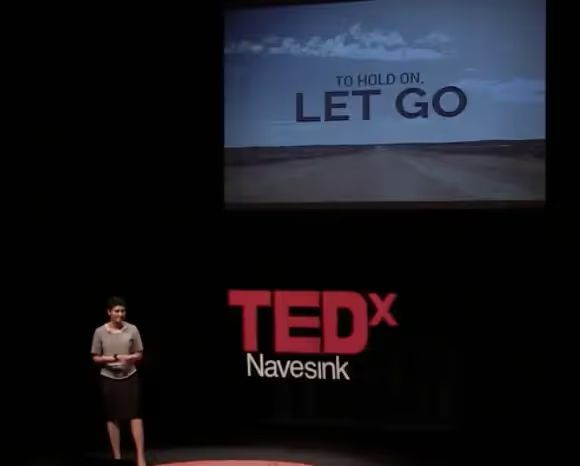

Drawing has always been a love of mine, for as long as I can remember. My parents saved boxes of my drawings over the years, from fingerpaints to fine art. I even had the opportunity to draw my senior thesis in high school.
I consider by far my best work to be the doodle. Buried in old notebooks and scribbled on countless pieces of scrap paper long ago cast into landfills are endless streams of shapes, abstract designs, landscapes, and characters — cerebral outputs that oftentimes capture an emotional feeling associated with a conversation, visual bookmarks to help me navigate my notes, and fun hand-drawn messages left behind on whiteboards and paper scraps on conference room tables for co-workers.

Yet, rarely did my doodles ever end up in my work for clients. “That wouldn’t be professional,” I assumed. “Executives wouldn’t be used to that, it’s too childish.” I assumed clients wanted hefty decks dripping with value, with everything spelled out, polished, branded, shiny, and expensive-looking. An old mentor of mine called it the “plop effect” — the distinct sound of a 100-page, 11×17 deck, bound deck hitting an executive’s desk.
That assumption could not have been more wrong.
Turns out, executives want it as simple as anyone else. What they really want is to be told a story, a story so simple and easy to understand they can tell it to others, too. As simple as a children’s book.
There is not a project that goes by today where I don’t see seemingly small, but damaging, assumptions being made about change and how it happens. These assumptions are often rooted in success and experience — what we learned that worked in the past. But experience can work against us here, especially in times of disruption when the old tools and principles do not apply anymore.
I was fortunate enough to recently cross paths with the renowned Dr. Nadya Zhexembayeva. Called ‘The Reinvention Guru’ (In Ventures magazine) and ‘The Queen of Reinvention’ (TEDx Navasink), Dr. Nadya is a business owner, educator, speaker and author of “The Chief Reinvention Officer Handbook: How to Thrive in Chaos”…and in my opinion is absolutely brilliant.

In a recent interview on the Innovation Show, Dr. Nadya spoke about how many of the most successful businesses of the last 100 years are trained to see disruption, change, and instability as a negative. In times of chaos, the business often takes the simplest steps they can do to stop the bleeding, stabilize the disruption, and return to “normal”. Which of course never happens.
These learned, but outdated, assumptions stem from the long life cycles businesses enjoy in stable times:
Dr. Nadya packages these assumptions up in what she calls the “Titanic Syndrome”. At the root of this syndrome is lack of preparation, lack of foresight, and the arrogance and overconfidence in past success.

During the conversation Dr. Nadya references a quote from the father of consulting, Peter Drucker, that sums it up perfectly: “Turbulence isn’t dangerous. It’s the attachment to the old tools and ideas made for better times.”
In these disruptive and confusing times that many companies find themselves muddling through, the most sought after skill isn’t what you know today. It’s the ability to change. To adapt, be flexible, learn new things, and leave old ways behind, no matter how familiar.
It’s easy to understand why change can be painful — “I’ve spent my entire career mastering this technique, this tool, this place and it’s politics, and now it’s all being taken away from me.” But if your skill is adaptivity, change only brings opportunity. It’s THE skill of the day, and companies could all do better to instill this mindset in their employees. Learning must be valued as much as the knowledge you brought in with you.
Dr. Nadya would push it even further — we need to instill a “mindset of reinvention” into children and students even before they enter the workforce. Imagine change as a subject in school, where crisis, emergency, and disruption can all be practiced, like math or English. Where we teach students the questions to ask, not the answers of yesterday.